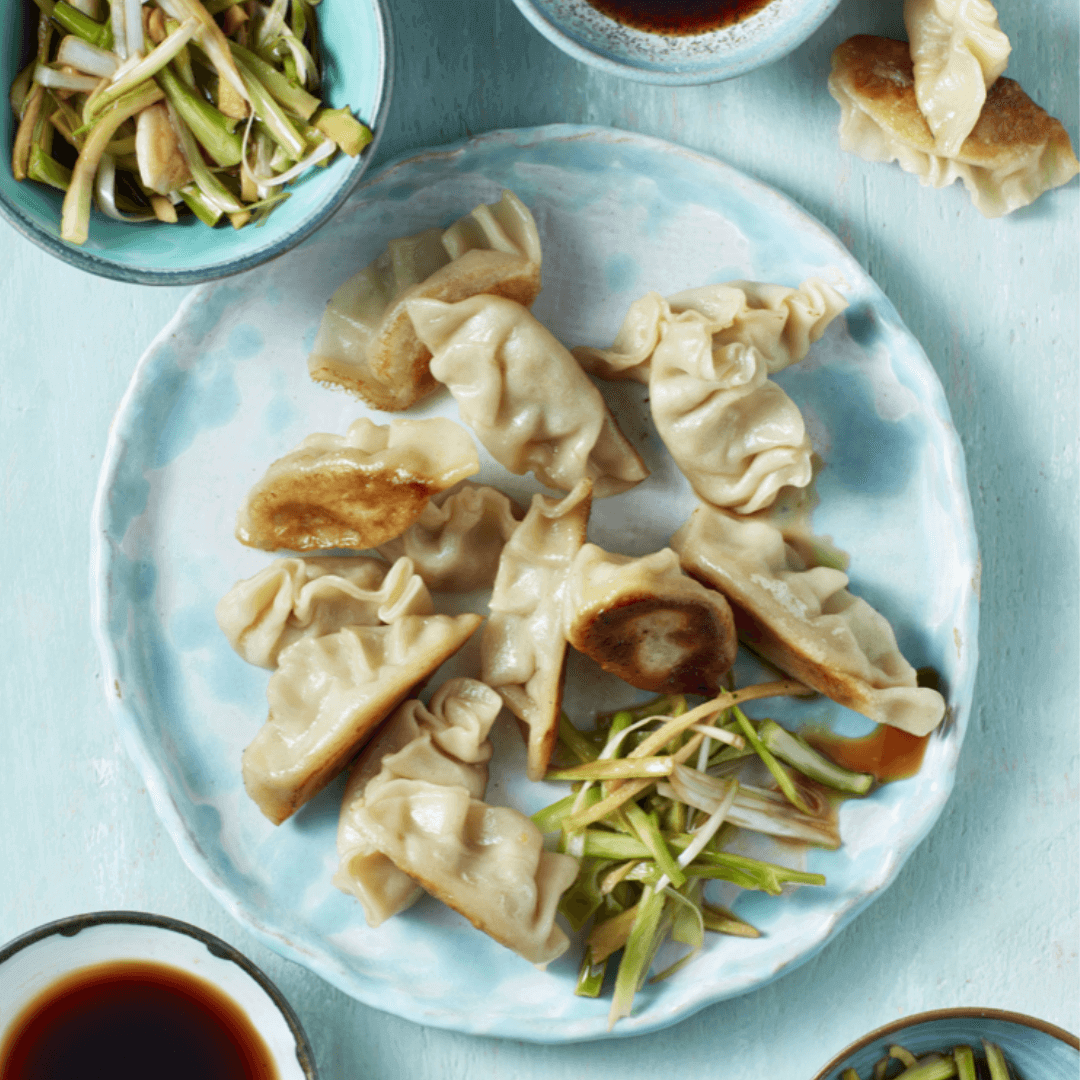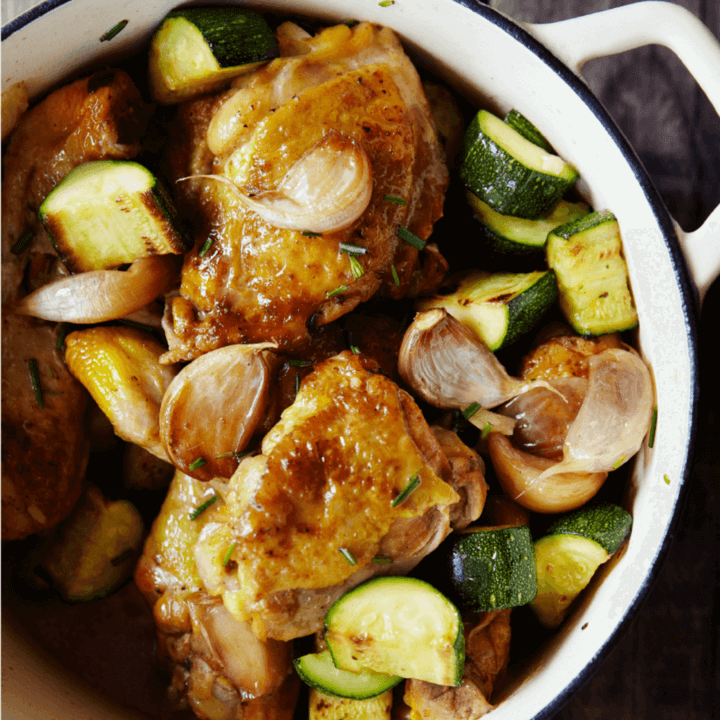
Fig & Lentil Salad from Virtually Vegan
Summer and salad go hand-in-hand and this offering from Heather Whinney’s Virtually Vegan is a fresh, sweet, figgy take on a summertime staple. Complete with a harissa
‘No pain, no palm; no thorns, no throne; no gall, no glory; no cross, no crown.’ – William Penn, 1644–1718
Move it or lose it. We’re designed to move, not sit at a desk all day. Movement eases tension, boosts circulation, stimulates the metabolism, releases endorphins, fires up the libido, wards off disease . . . the more you move, the more enriched your life will be. We all know how good exercise is for us, but we are so good at finding excuses not to do it. Exercise should be a habit, just like flossing or checking Instagram. There are no shortcuts; you can’t outsource it. But regular exercise doesn’t need to be a chore.
You don’t need to log hours in the gym, running on the treadmill like a hamster on a wheel. And you don’t need to pay a drill sergeant. Exercise can be anything you want it to be – the more varied the better. Just move your body. Some days you’re itching to put on your trainers; some days you’d rather defrost a fridge than exercise. I get it. Even on the difficult days, just try. Do something. Consistency is the key.
When you use your muscles for more than just lifting shopping bags, they increase in strength and size. They become less easily fatigued and work more efficiently. If you don’t use your muscles enough, they can literally waste and everything becomes difficult. When you exercise, your heart – the most important muscle – works harder to pump blood around, as there’s an increased need for oxygen. Your cardiovascular system becomes more efficient and better at circulating oxygen even when you’re stationary. Everything becomes easier: climbing stairs, chasing after toddlers and, yep, carrying shopping bags.
Cardio Health
When we exercise, our hearts have to work more efficiently to pump the blood around as we need more oxygen for proper cell functioning. The more we exercise the more toned our cardiovascular systems become, circulating more oxygen even when we’re not exercising. This naturally stimulates a feeling of wellbeing, as I believe oxygen is alkalising to the blood.
The Lymphatic System
The lymphatic system is a network of tiny vessels and a major part of the immune system. It removes excess fluid – called lymph – from the tissues of our body, stops off at lymph nodes where white blood cells attack bacteria, microbes and cancer cells, then returns the filtered lymph to the bloodstream. If the lymphatic system isn’tworking properly, a range of illnesses can develop, such as oedema, glandular fever and even Hodgkin’s disease.
Unlike the bloodstream, the lymphatic system doesn’t have a built-in pump: it relies solely on muscular contraction to move the lymph in one direction (towards the heart). If you don’t move, the system breaks down. Activity, massage and dry skin brushing help to keep lymph moving.
Your Brain
Exercising not only helps with circulation, muscle growth and lymphatic drainage; it’s also essential for optimal cognitive function. When you work out, your blood transports more oxygen – food for your brain. In a study of 1.2 million Swedish men, fit twins scored higher IQs than their less-fit brothers. Exercise is also strongly associated with a reduced risk of dementia as it slows down the age-related shrinkage of the frontal cortex, which is important for memory and recall.
The relationship between exercise and mood is now well documented. Exercise stimulates the release of neurotransmitters such as norepinephrine, serotonin, dopamine and endorphins – chemicals that significantly lift your mood. It makes you feel good. Researchers believe regular exercise can help treat depression.
What’s more, exercise stimulates our brains to produce new neurons, and ‘anti-ageing’ hormones such as dehydroepiandrosterone and growth hormone. Each neuron is linked by synapses, which permit an electrical or chemical signal to pass through, allowing communication. Each time we repeat a thought or action (see Visualisation Practice, page 27), these synapses grow stronger.
Exercise helps us achieve our very best, inside and out. If you want it to, exercise can push boundaries, increase pain threshold and boost focus and tolerance. Overcoming physical challenges hones the mind. Top athletes are very determined characters because they constantly test their limits, make mindfulness part of their daily lives and never, ever give up.
Movement is vital to weight loss. Nothing new here. You simply need to follow this equation: expend more energy than you take in. Exercise more, eat less. And if you build more muscle through weight-bearing and resistance exercises, you’ll burn more calories when you’re doing nothing. Lucky for those of us who like to indulge!
If you diet but don’t exercise, you’ll still lose weight. But you’ll shed muscle as well as fat and when you regain weight, it all comes back as fat. Every time you lose muscle through dieting, you reduce your ability to burn fat. It only gets harder and harder to fight the fat. Cardiovascular exercise is important for everybody, but especially relevant to weight loss. It means working up to 80 per cent of your maximum heart rate (your MHR is roughly 220 minus your age). So if you’re running with a friend, you won’t be chatting.
Staying active is essential for cardiovascular health, preserving and building muscle and losing excess lard. In turn, your self-esteem shines. I won’t lie to you: it requires a bit of commitment and dedication. Make it easier on yourself by choosing an exercise schedule that suits your lifestyle. If you’ve got kids, play chase in the park for an hour. If you loathe gyms, buy a Pilates DVD. If your schedule’s busier than the Prime Minister’s, cycle or walk to work. If you can incorporate exercise into your routine, it will give you so many gifts. Your brain will be clearer; you’ll work smarter, not harder. You might even be able to leave work sooner and have more time for yourself. You might find you’re less snappy at the kids or your partner thanks to those wonderful happy hormones. You’ll feel more alive.
For optimum fitness, vary your type of sport, intensity and duration. Include conditioning as well as cardio. All athletes now incorporate some form of stretching or yoga as an essential part of their training. Yogis say, ‘You can tell the age of a person by the flexibility of their spine’, and it couldn’t be more true – as we age, our bodies become more acidic, and acidity makes us rigid. Stretching and yoga are deeply alkalising as they aid in oxygenating tissue, while removing metabolic acids, preventing injuries and keeping us youthful to boot.
If you want to know more about Aussie Body Diet, you can visit Saimaa’s Website or our website.
Saimaa Miller
Aussie Body Diet
£14.99, Available from Nourish Books
Sign up for our newsletter to get our new articles straight to your inbox every month.

Summer and salad go hand-in-hand and this offering from Heather Whinney’s Virtually Vegan is a fresh, sweet, figgy take on a summertime staple. Complete with a harissa

Too Good to Waste by Victoria Glass is THE guide to getting the very most out of your food, in the most delicious way possible! So much

Today we’re sharing a much coveted Real Bread: Slow Dough recipe – Cinnamon and Hazelnut Knots! These sweet knots are beloved all over Scandinavia, whip

We’re gearing up for the publication of French Countryside Cooking by Daniel Galmiche, coming your way on May 14th (pre-order your copy right here)! To celebrate, we’re sharing

Watkins Media Limited
Shepperton House unit 11
89 Shepperton Road
London, England
N1 3DF

Watkins Media Limited
Shepperton House unit 11
89 Shepperton Road
London, England
N1 3DF